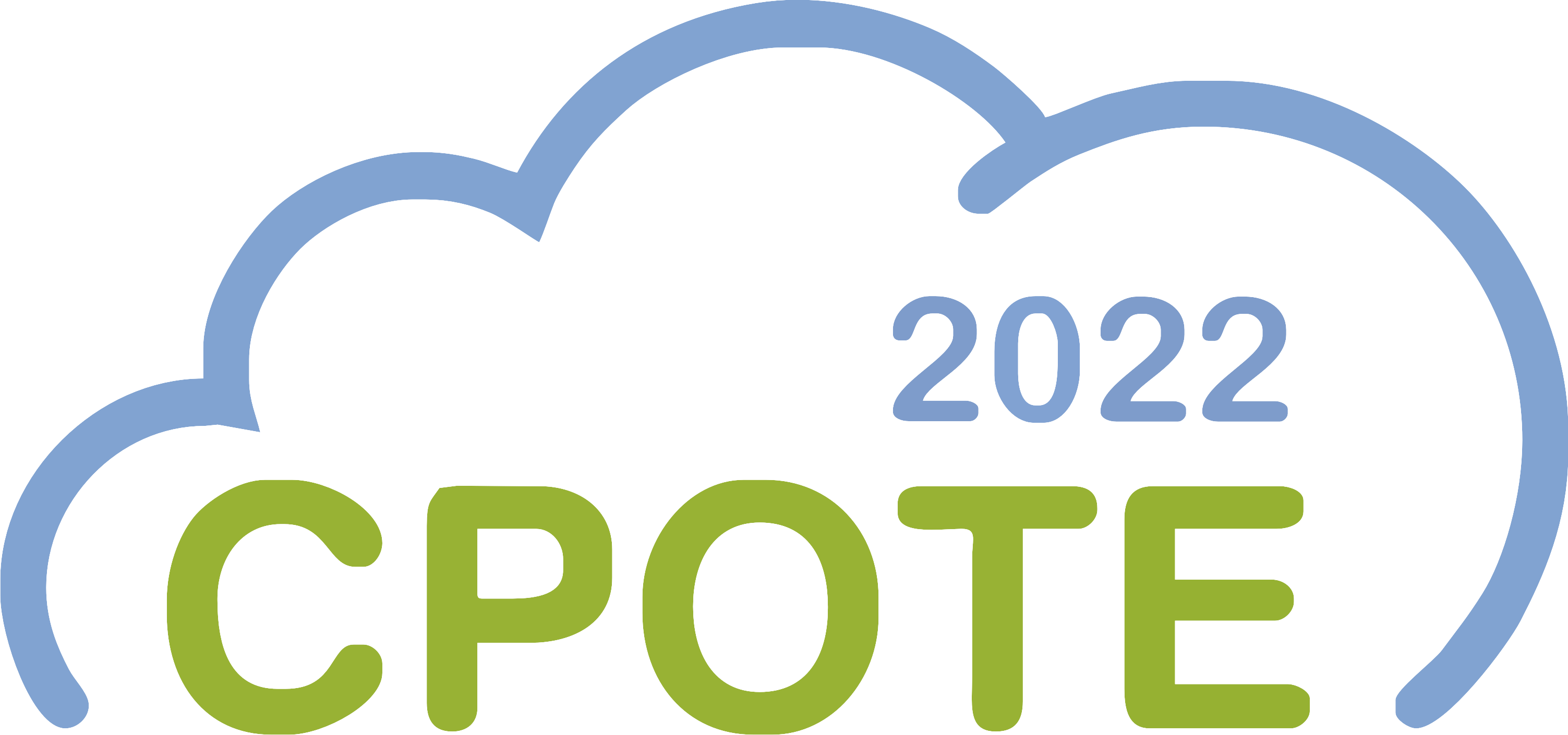
CPOTE2022
7th International Conference on
Contemporary Problems of Thermal Engineering
Hybrid event, Warsaw | 20-23 September 2022
7th International Conference on
Contemporary Problems of Thermal Engineering
Hybrid event, Warsaw | 20-23 September 2022
Abstract CPOTE2022-1028-A
Book of abstracts draft












Model-based optimization of alkaline electrolysis systems for hydrogen production
María ARPAJOU, INGAR Instituto de Desarrollo y Diseño (CONICET-UTN), ArgentinaDiego OLIVA, INGAR Instituto de Desarrollo y Diseño (CONICET-UTN), Argentina
Miguel MUSSATI, INGAR Instituto de Desarrollo y Diseño (CONICET-UTN), Argentina
Ignacio SCHMIDHALTER, INGAR Instituto de Desarrollo y Diseño (CONICET-UTN), Argentina
Pio AGUIRRE, INGAR Instituto de Desarrollo y Diseño (CONICET-UTN), Argentina
Tatiana MOROSUK, Technical University of Berlin, Germany
Sergio MUSSATI, Technische Universitat Berlin, Germany
Hydrogen plays a crucial role in the sustainable transformation of the energy systems. It is certainly an essential factor for achieving the decarbonization of different sectors such as industry and transport. Water electrolysis using electricity generated from renewable energy sources, mainly wind and solar, is among the most environmentally friendly hydrogen production processes. Despite being the most mature technology at the moment, there is still room for improvements concerning cell materials, components, dimensions, and the process itself. In this paper, the focus is on an alkaline water electrolysis process. Model-based simultaneous optimization of the geometric dimensions and operating conditions such as cell temperature, electrolyte concentration, applied electrolyte pressure, and current density of an alkaline water electrolyzer is addressed. To this end, a nonlinear mathematical programming (NLP) optimization model, based on first principles, is developed. Gradient-based deterministic optimization is performed. In addition to the electrochemical reactions, the phenomena taken into account for the material balance are the mass transfer of the electrolysis products from the solution to the rising bubbles, the gas crossover through the separator (diaphragm), and the reaction rates at the electrodes. The model is firstly validated using two reference cases reported in the literature. Then, given process data and specifications as well as bounds on variables, the values of operating conditions and geometric dimensions that maximize cell efficiency are simultaneously optimized. In addition, the influence of critical operating variables on the optimal solution is investigated. Regarding computational aspects, the model is implemented in General Algebraic Modeling System (GAMS) software and solved using CONOPT solver.
Keywords: Green hydrogen, Simultaneous optimization, Alkaline water electrolysis, Nonlinear mathematical programming, Cell efficiency